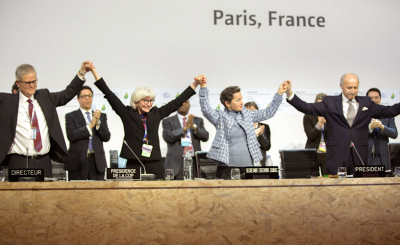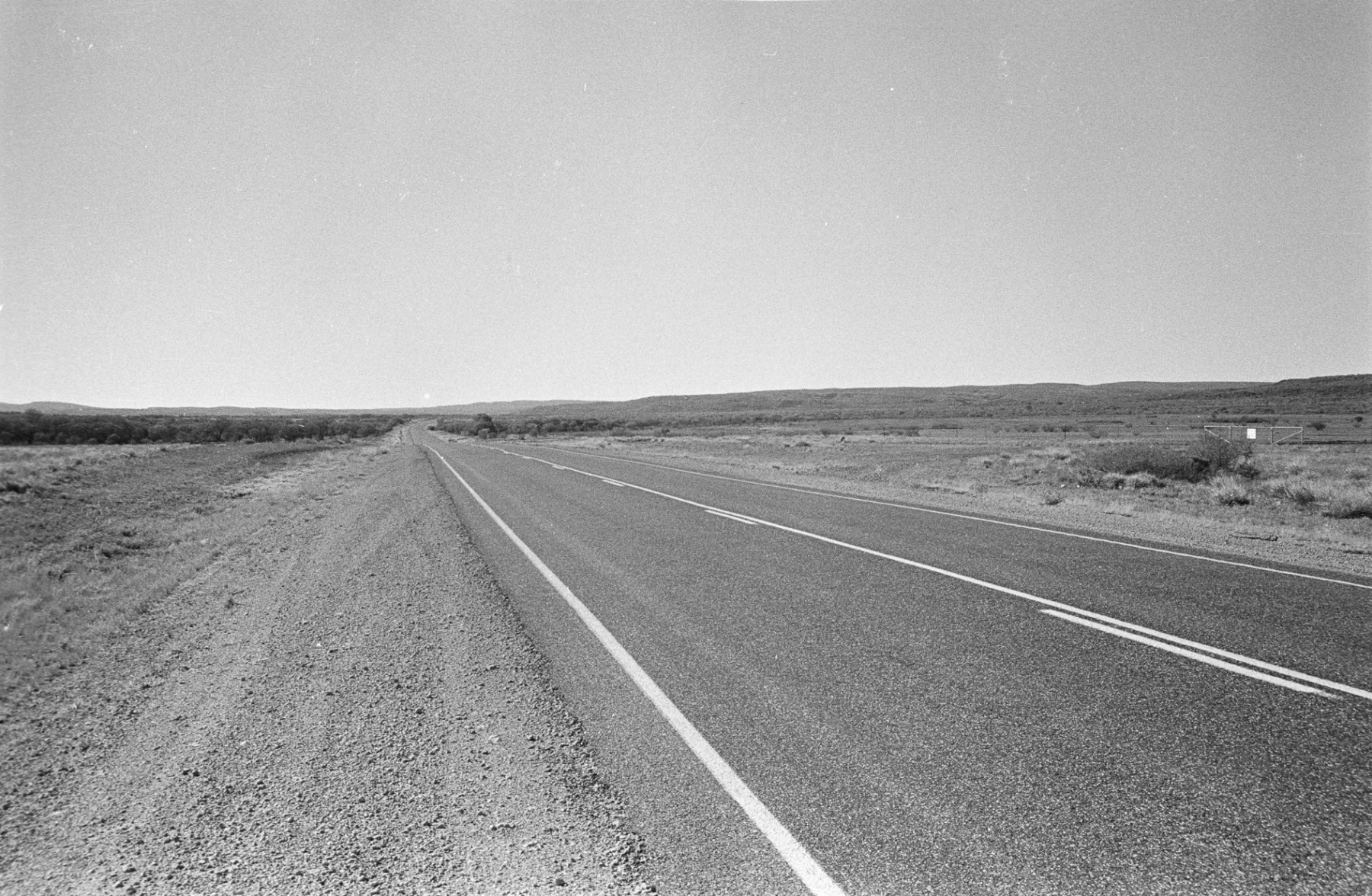The Paris agreement, reached at this year’s United Nations Framework Convention on Climate Change (UNFCCC) as part of the Rainforest Alliance delegation to the COP21 U.N. climate summit, marks a turning point for the future of this planet. The agreement serves as a commencement of the metamorphosis that is taking place: shifting from the business-as-usual trajectory towards a sustainable global economy, one that is reached through a collaborative effort between government and business.
 Taking two ardent weeks to fully explore where we are now versus where we need to go, governments, businesses, and civil society from 196 countries came together as a collective, reaching a historic and unanimous agreement.
Taking two ardent weeks to fully explore where we are now versus where we need to go, governments, businesses, and civil society from 196 countries came together as a collective, reaching a historic and unanimous agreement.
While some remain doubtful of its “lofty” goals–such as their aim to limit warming to 1.5 degrees Celsius– and the agreement as a whole certainly isn’t without flaws–emissions targets aren’t nearly as ambitious as they could be and solutions for the issue as well as financing are also challenges to be tackled in the future–it is a perspicuous signal of the global pivot towards a low-carbon world.
“The Paris climate agreement is a victory for American businesses and consumers. The agreement sends a strong market signal that climate change is a fundamental risk to economic prosperity and environmental health…Policymakers should understand that the move towards a low-carbon economy is now in full swing,” said Richard Eidlin, co-founder of the American Sustainable Business Council and attendee of the Paris climate summit.”
Indeed, the move towards a low-carbon world is in full swing, with all 196 countries facing a legal obligation to review their emissions reductions every five years. And unlike the Kyoto Protocol, the Paris agreement cannot be ignored by signatories on the grounds that it isn’t ratified.
And with all countries in agreement–no matter their emission levels or whether they are developed or developing nations–each have specified their distinct yet vital contributions. Nearly all have submitted their plans for their “intended nationally determined contributions” (INDCs) to reducing emissions and acknowledging, dissecting, and working towards a solutions for future threats from climate change.
Thousands of businesses, investors, and trade coalitions from the private sector were more engaged in the process of ratifying climate and the environment than ever. With 5,000 signatories to the American Business Act on Climate Pledge and the World Economic Form CEOs group, among others, these global businesses–which fall in, essentially, every industrial sector–representing over 90 countries will help to increase investor confidence and help the low-carbon share of the global economy to thrive.
The Paris agreements serve as a skeleton for the low-carbon world that could be in our near future. In the words of Jeff Hayward,
“When the transition to decarbonized energy sources is accelerating; when governments, markets and businesses put a price on carbon pollution and account for it in their books; when land use is sustainable and forests and other ecosystems are restored and protected, then the emissions gap will be bridged and the agreement’s targets will be within reach. That’s when we’ll know it worked.”
This post was originally published on EdSappin.net
